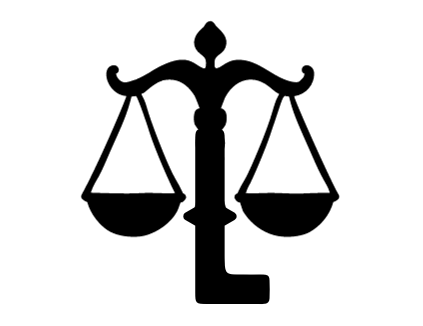Cybercrime: A Detailed Definition and Overview
Cybercrime is a broad term encompassing any illegal activity conducted primarily through computers, the internet, or other digital devices. Unlike traditional crimes, which are carried out in physical spaces, cybercrimes are executed in digital environments and can target individuals, organizations, or entire nations. Cybercriminals use various tactics to breach digital systems, steal sensitive information, defraud people, or even disrupt essential services.
Here’s a closer look at the essential components of cybercrime:
Key Aspects of Cybercrime
- Use of Digital Technology: Cybercrimes require a digital environment, primarily involving the internet, computers, or mobile devices. Attackers utilize technology to access, manipulate, or destroy data unlawfully.
- Varied Motivation: Cybercrimes can be financially motivated (such as fraud or ransomware), politically motivated (such as hacktivism or espionage), or aimed at harassment, revenge, or sabotage.
- Anonymity: The digital nature of cybercrime allows criminals to conceal their identity and location, often making it challenging for law enforcement to track down perpetrators.
- Global Reach: Cybercrime knows no borders, and the internet enables criminals to target victims anywhere in the world, regardless of their physical location.
Types of Cybercrime
Cybercrime can be divided into several categories, based on the methods and goals of the criminals:
- Financial Crimes: These include identity theft, online fraud, and ransomware attacks. Cybercriminals may steal sensitive financial data to access victims’ bank accounts or demand payments for encrypted data.
- Personal Crimes: Crimes like cyberstalking, harassment, and online defamation are aimed at causing psychological harm to individuals.
- Cyberterrorism and Espionage: Some cybercrimes target government agencies or corporations, often for political or intelligence-gathering purposes.
- Intellectual Property Theft: This involves stealing or copying digital content, such as software, media, or proprietary business information, without permission.
- Malware Distribution: The spread of malicious software to infect systems, steal data, or compromise operations is a common cybercrime tactic.
Methods Used in Cybercrime
- Phishing: Impersonating legitimate entities to trick victims into sharing sensitive information.
- Malware and Ransomware: Using malicious software to control or lock users’ data, often followed by demands for ransom.
- Social Engineering: Exploiting human psychology to manipulate individuals into giving away confidential information.
- Hacking: Unauthorized access to systems to steal data, disrupt services, or cause other harm.
- DDoS Attacks: Overwhelming online services with excessive traffic to make them unavailable.
Impacts of Cybercrime
Cybercrime has widespread impacts, from financial losses and privacy breaches to emotional trauma and disruptions in business and government operations. According to recent reports, cybercrime costs the global economy billions of dollars each year and affects everyone from individuals to large corporations. Furthermore, the increase in sophisticated cyber threats poses significant risks to critical infrastructure, such as hospitals, utilities, and transportation systems.
Protecting Against Cybercrime
Due to the evolving nature of cyber threats, cybersecurity is an ongoing process. Here are a few ways to protect yourself:
- Regular Software Updates: Update operating systems and applications to fix vulnerabilities.
- Data Backups: Regularly back up important data to prevent loss in the event of ransomware attacks.
- Strong Passwords and 2FA: Use complex passwords and enable two-factor authentication for additional security.
- Education and Awareness: Staying informed about common scams and social engineering tactics is essential in preventing cybercrime.
Cybercrime is a critical issue in today’s digital world. Individuals, businesses, and governments must stay vigilant and take preventive measures to protect against various forms of online threats.
